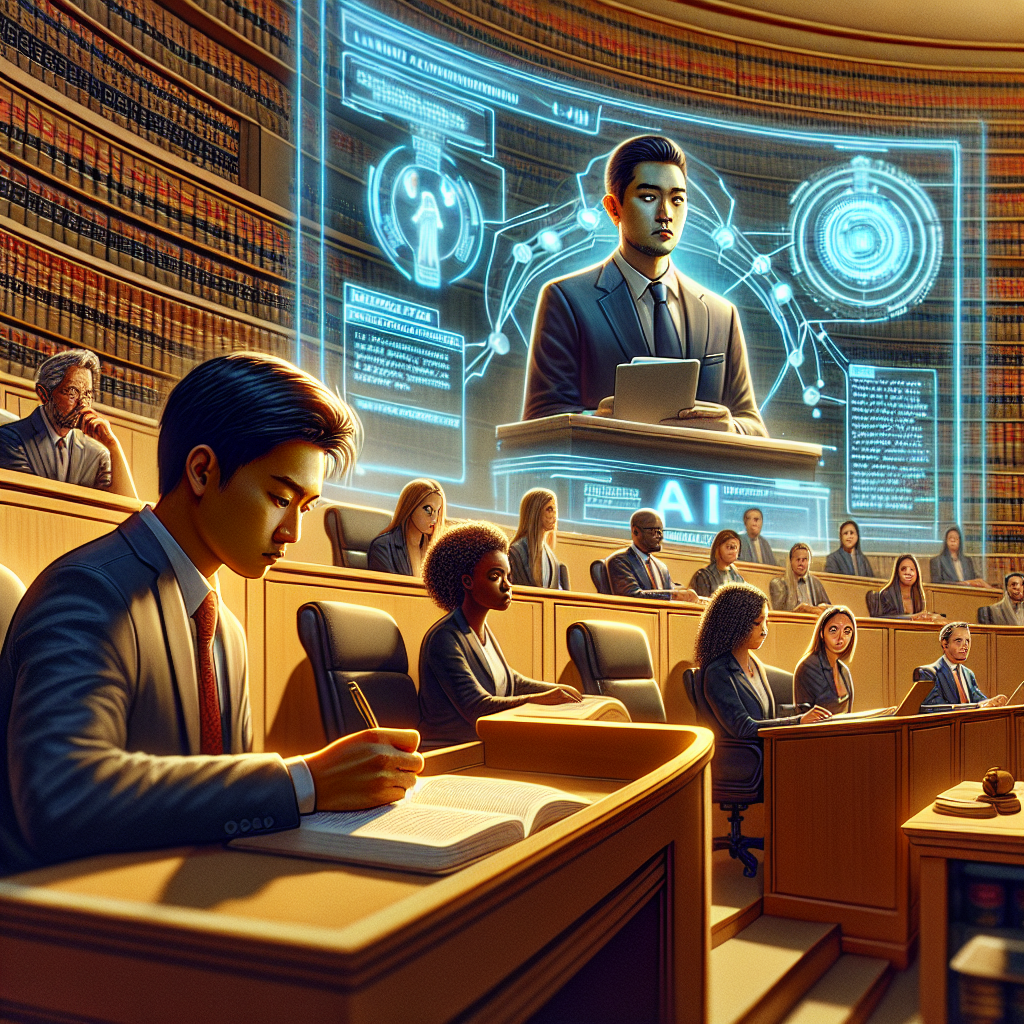AI-Powered Controversy Over California Bar Exam and Implications for Education
Introduction to the Controversy
The California Bar Exam is a pivotal assessment that aspiring attorneys must pass to practice law in the state of California. Held twice a year, it is widely regarded as one of the most challenging professional exams. Recently, the exam has become the center of a heated debate due to the incorporation of Artificial Intelligence (AI) in its development processes. This inclusion of AI has sparked controversy and ignited discussions among key stakeholders, including students, educators, law schools, and legal professionals. The main concerns relate to the fairness, transparency, and reliability of the AI-augmented exam, which is crucial for securing a career in law.
How AI is Being Used or Affecting the Exam
AI tools and technologies are increasingly being used in educational settings, and the California Bar Exam is no exception. AI was employed to assist in the generation of multiple-choice questions for the February 2025 bar exam, as disclosed by the State Bar of California. This approach was primarily aimed at reducing costs and streamlining the question creation process. However, it triggered backlash due to concerns about the validity and reliability of the exam.
One significant area where AI plays a role is in scoring exams and providing feedback. Through advanced machine learning algorithms and psychometrics, AI can evaluate test results more swiftly than traditional methods. However, ethical concerns have arisen, particularly regarding potential biases embedded in AI algorithms that might affect test outcomes and disadvantage certain groups of candidates. This highlights the necessity for transparency and accountability in AI applications within critical assessments like bar exams.
Broader Implications for Education
The integration of AI in the California Bar Exam raises broader implications for legal education as a whole. AI has the potential to reshape legal education by influencing curriculum development and teaching methodologies. The evolving landscape could necessitate legal institutions to incorporate AI-related subjects and technologies into their education programs, ensuring graduates are well-prepared for a tech-driven legal environment.
Moreover, AI could democratize access to legal training resources by providing personalized learning experiences. With AI tools like adaptive learning platforms, students can receive tailored content and feedback, potentially improving learning outcomes and helping underserved populations gain access to quality education.
However, for these potential benefits to materialize, there needs to be a concerted effort in aligning teaching methodologies and assessment practices with technological advancements, ensuring they complement rather than conflict with traditional educational models.
Potential Benefits of AI in Legal Education
AI’s impact on legal education is multifaceted, offering a number of benefits that could enhance the learning experience:
-
Efficiency and Feedback: AI can streamline grading processes, allowing for quicker, more efficient evaluation of student performance. This can free educators to focus more on engaging with students and less on manual grading tasks.
-
Personalized Learning: AI-driven adaptive learning technologies provide personalized study plans and assessments, catering to the unique needs of each student and allowing them to progress at their own pace.
-
Accessibility: AI can increase access to quality study materials and resources, broadening the educational horizon for students from diverse backgrounds. This inclusivity not only enriches the learning environment but also promotes equality in educational opportunities.
Challenges and Risks of AI Integration
While the benefits are promising, integrating AI into legal education also brings challenges and risks that must be addressed:
-
Skill Gaps: Over-reliance on AI may lead to skill gaps in critical thinking and analytical abilities, which are essential in the legal profession. Ensuring students continue to develop these skills alongside AI assistance is crucial.
-
Bias and Ethics: AI systems can perpetuate systemic biases present in data, which could be reflected in educational and assessment outcomes. Addressing these biases requires rigorous testing and continuous monitoring.
-
Regulatory Standards: As AI becomes more prevalent in education, establishing clear regulations and standards is critical to govern its use and ensure it serves educational objectives ethically and effectively.
Conclusion
The controversy surrounding the AI-enhanced California Bar Exam underscores the ongoing debate about the role of technology in education. While AI offers significant potential in enhancing education and professional assessments, its integration must be handled with care. Balancing the benefits, such as efficiency and personalized learning, with challenges, including bias and skill gaps, is essential for a fair and effective educational framework.
As AI continues to evolve, stakeholders—including educators, law institutions, and policymakers—must engage in thoughtful discussions to navigate the ethical and practical implications of AI in education. Only through collaborative efforts can we ensure that AI’s integration supports, rather than undermines, the integrity and accessibility of legal education and other critical domains.





